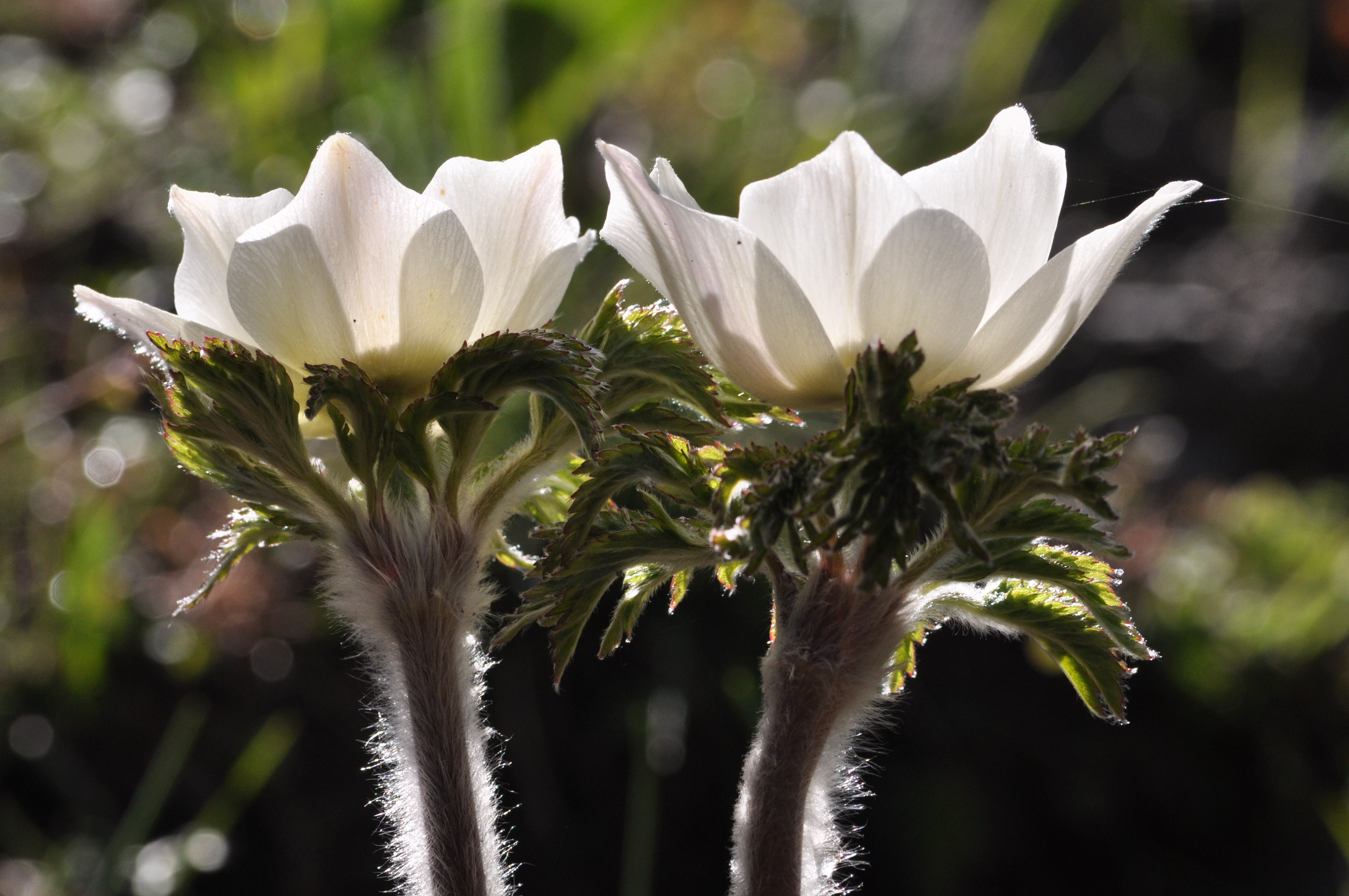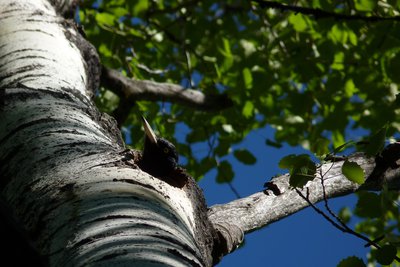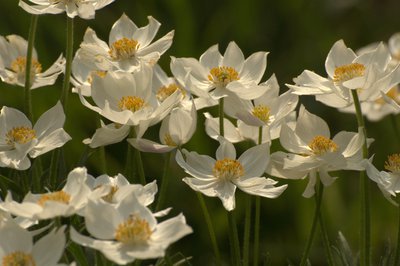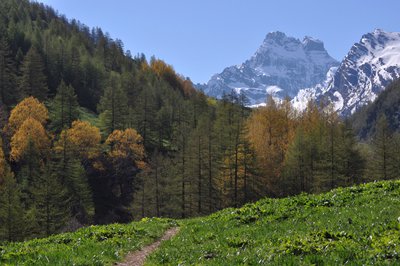
Pré-Michel nature trail
7 points of interest

Cirse des montagnes - Alain Bloc - PNR Queyras  Flora
FloraMountain Circium
This circium grows in the subalpine zone. Like all Asteraceae, its particularity is to be composed of a multitude of small flowers close to each other (the most famous Asteraceae is probably the daisy). This plant is nationally protected. In the Hautes Alpes, it can only be found on the lower slopes of Queyras.

 Flora
FloraThe Aspen
The leaves of the aspen have the characteristic of twirling in the slightest breeze. It is this feature that earned it its name. It loves the light and colonizes clearings, cuttings and forest edges. The abandonment of agriculture in Pré-Michel was a blessing for this tree, which is gradually spreading. For the species already present, its arrival is a calamity. Indeed, the shade it brings causes the disappearance of many meadow flowers.

Pic noir - Jean-Baptiste Portier - PNR Queyras  Fauna
FaunaBlack woodpecker
The largest of all woodpeckers (45cm), it is a solitary bird. It feeds on plants, insect borers and ants. Hyperactive, it is always moving. It goes from one tree to another in an irregular and powerful flight. Its beak allows it to pierce tree trunks to search for food or to create holes in which it can nest. Once abandoned, the nests are used by chickadees, Boreal owls, martens, bees, etc.

Carte postale - Mont Viso et le Pic d'Asti - DR  Elevage et pastoralisme
Elevage et pastoralismeAgricultural decline
In 1850, Queyras was at its peak with a population of 8,500 inhabitants. Agriculture was present everywhere. Part of the forest has been cleared for pasture or hay fields. This type of agriculture has enabled a particular type of flora to grow. Changing lifestyles, the development of industry in cities, two world wars and changing agricultural practices decimated the population. In 1970, only 1,900 inhabitants still lived in Queyras. The least accessible plots are abandoned and the forest takes over.

Anémone à fleurs de narcisse - Alain Bloc - PNR Queyras  Flora
FloraAnemone narcissiflora
The Anemone narcissiflora is found in meadows, pastures and on the edges of limestone cliffs. It is characterized by its beautiful white flowers grouped in umbels.

Petit belvédère du Viso - Benjamin Musella - PNR Queyras  Panorama
PanoramaViewpoint on Viso
So close yet so far away. From here Mont Viso appears to be a few steps away and yet it would take many hours for even the bravest to reach it.

 Geology
GeologyLa Roche écroulée
At the end of the 19th century, in the Haut Guil area, the mountain rumbled. A succession of cracking sounds and screams were heard. A dust cloud appeared in the distance. Some thought it was an earthquake. In the following days, the local inhabitants went to a place called ‘lou pas des maisons’ and had a major surprise: part of the Pic des Lauzes had collapsed and millions of tons of rocks covered the hay fields. La Roche écroulée is the result of this event.
Description
From the car park of Roche écroulée, return to the road, climb 50 metres and turn right onto a good grassy path. Follow the slight uphill stretch up into a larch forest. The start of the Pré-Michel nature trail is 600m away. Climb through the forest to reach Pré-Michel (viewpoint on Mont Viso). You can see Mont Viso in all its glory (3,841m). After a few metres, climb to the right among the tall grass. You can enjoy the wealth of flora in this area. Turn left onto a flat bumpy trail. You will arrive at a crossroads. On the right, a small circular path takes you back 200m (you don’t have to do this very short circuit). Turn left and descend on an even path. You will come to an opening in the forest that offers a second view of Mont Viso. Turn left and follow a flat path, which returns to Pré-Michel. From there, take the path that you started out on.
- Departure : La Roche écroulée, left side of the Guil River
- Arrival : La Roche écroulée
- Towns crossed : Abriès-Ristolas
Forecast
Altimetric profile
Recommandations
You enter the Ristolas Mont Viso nature reserve. Special regulations apply here. For more information go to: http://www.pnr-queyras.fr/protection-et-gestion-du-patrimoine-naturel-et-culturel/item/68-r%C3%A9serve-naturelle-nationale-mont-viso-ristolas
Information desks
House of the Queyras Regional Nature Park
3580 Route de l’Izoard, 05350 Arvieux
The House of the Queyras Regional Nature Park is closed to the public.
OTI du Guillestrois et du Queyras
Maison du Tourisme du Queyras, 05350 Château-Ville-Vieille
Transport
Access and parking
Parking :
More information
Report a problem or an error
If you have found an error on this page or if you have noticed any problems during your hike, please report them to us here:


